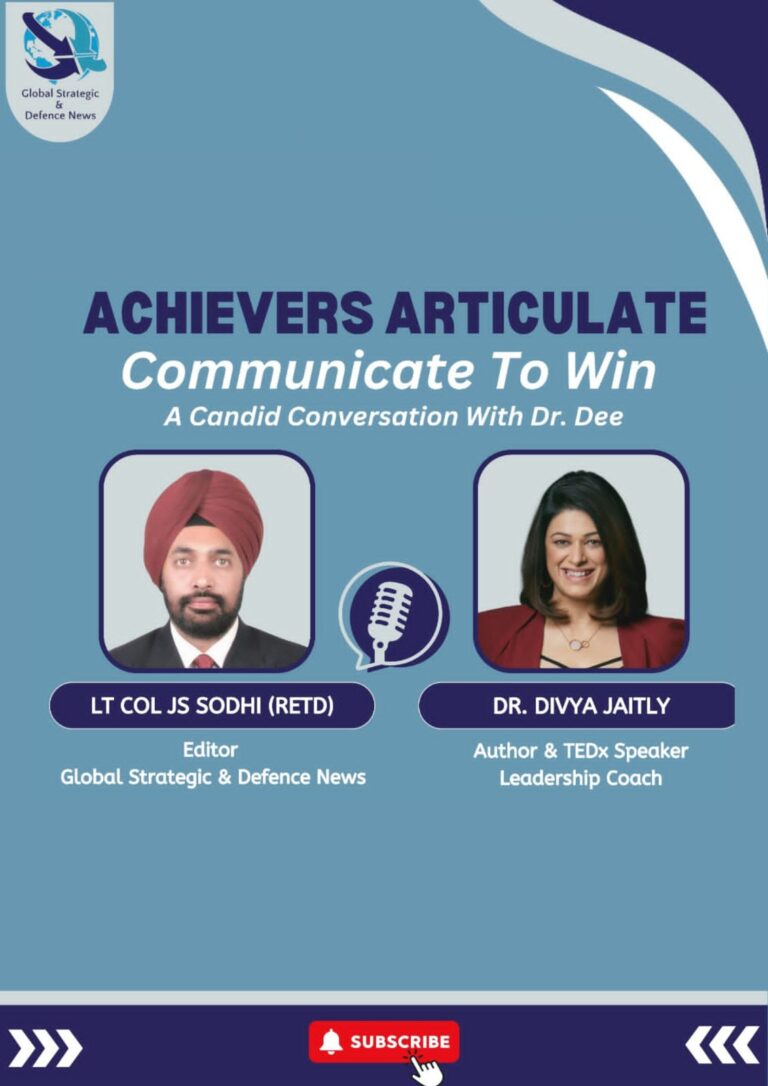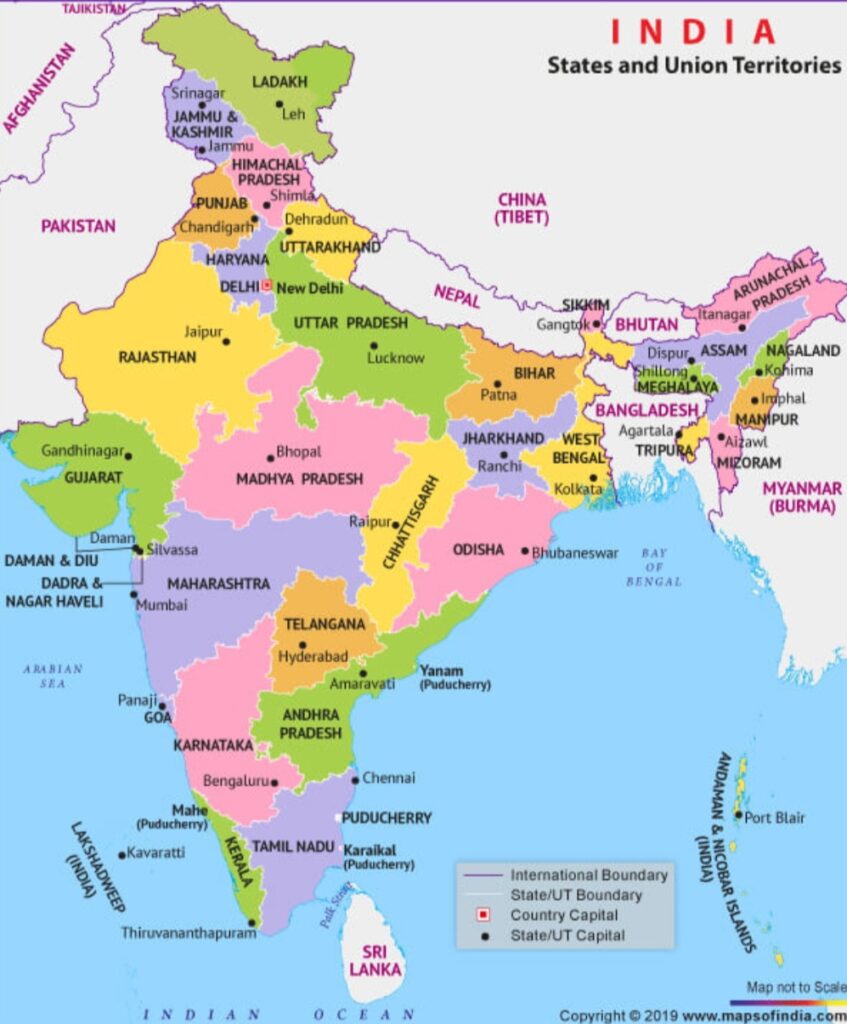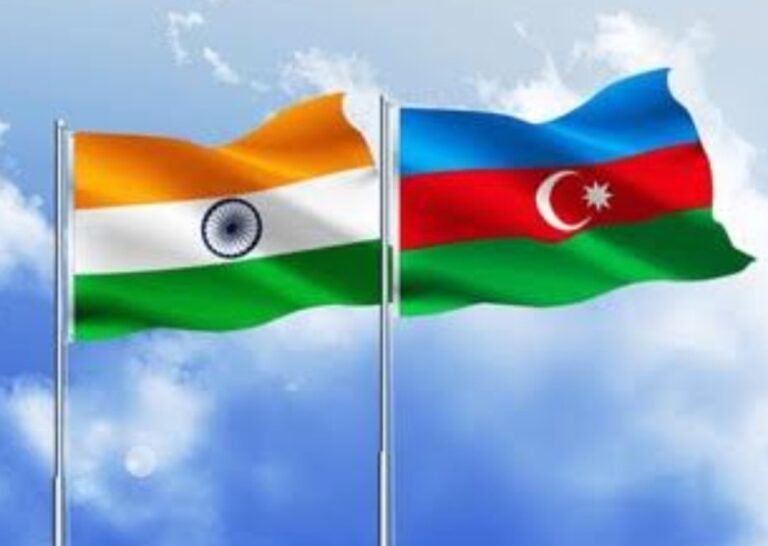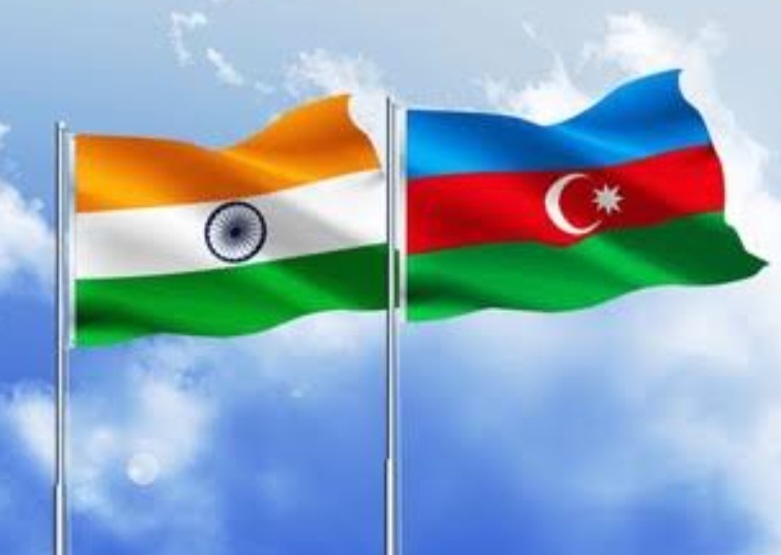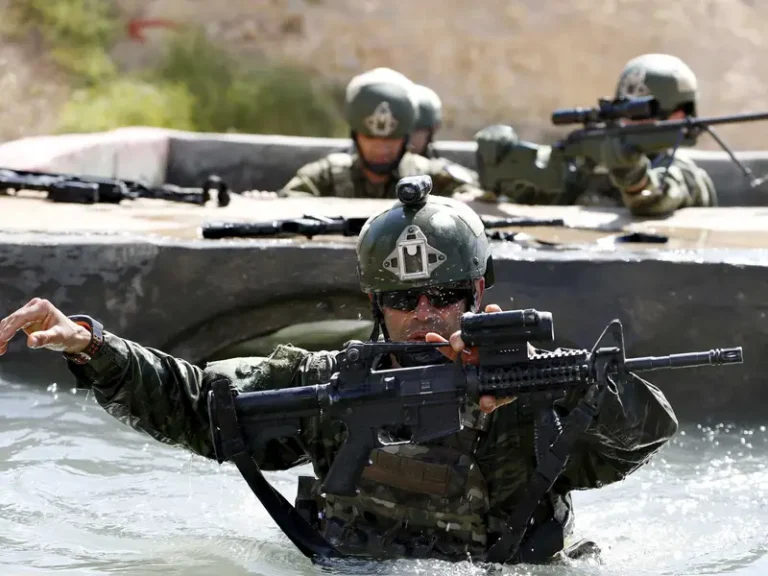UN Secretary-General António Guterres has described Gaza as a “killing field” where civilians are trapped in an “endless death loop,” as humanitarian conditions worsen under Israel’s continued blockade and renewed military offensive.
“Aid has dried up, and the floodgates of horror have re-opened,” Guterres said on Tuesday, urging immediate global intervention. His remarks came shortly after six UN agencies issued a joint plea to world leaders to act swiftly to ensure the flow of food and essential supplies into Gaza.
Since Israel imposed a full blockade on March 2, following the collapse of a temporary ceasefire, the situation has deteriorated rapidly. Hamas had refused to extend the truce, accusing Israel of failing to uphold its commitments. On March 18, Israel resumed airstrikes and ground operations, which the Hamas-run health ministry says have killed 1,449 Palestinians since then. The Israeli military maintains that it targets Hamas fighters, not civilians.
Guterres reminded the international community that Israel, as the occupying power, is obligated under international law to allow the entry of humanitarian aid. “The current path is a dead end—totally intolerable in the eyes of international law and history,” he said.
Israel has rejected the UN’s characterisation. Foreign Ministry spokesperson Oren Marmorstein accused Guterres of “spreading slander against Israel,” stating that over 25,000 aid trucks had entered Gaza during the 42-day ceasefire period. “There is no shortage of humanitarian aid in the Gaza Strip,” he claimed.
However, the reality on the ground tells a different story. UN agencies report that Gaza’s bakeries supported by aid groups have shut down, markets lack fresh produce, and hospitals are rationing painkillers and antibiotics.
The agencies warned that Gaza’s health system is barely functioning and that supplies are critically low. “With the tightened Israeli blockade now in its second month, we appeal to world leaders to act—firmly, urgently and decisively,” the statement read.
Their call concludes: “Protect civilians. Facilitate aid. Release hostages. Renew a ceasefire.”
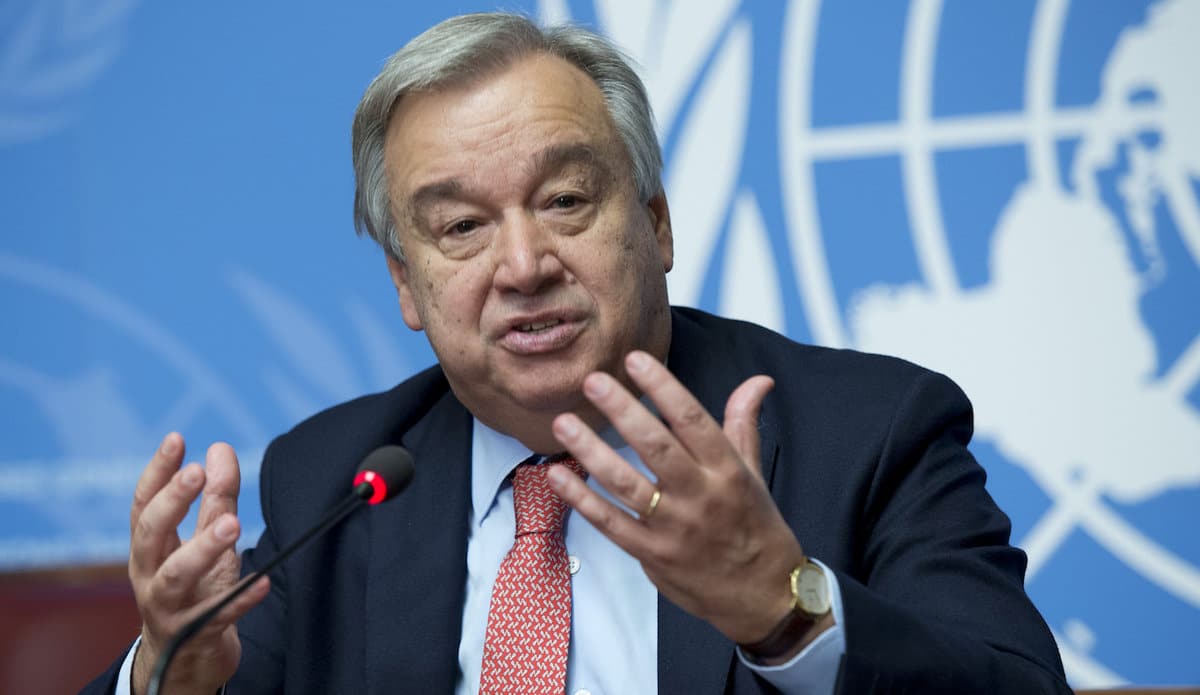
Aid Halted, Ceasefire Broken, Death Toll Rises
The two-month ceasefire saw an increase in humanitarian aid and a high-profile prisoner exchange: Hamas released 33 hostages (eight of them dead) in exchange for approximately 1,900 Palestinian prisoners held by Israel. However, since fighting resumed, Gaza’s health ministry, run by Hamas, reports over 50,810 Palestinian deaths, including at least 58 people killed in the last 24 hours alone.
Israeli airstrikes overnight reportedly killed 19 people, including five children, when a home in Deir al-Balah was struck. Additional casualties were reported in Beit Lahia and areas near Gaza City.
Meanwhile, journalists have also come under fire. The Palestinian Journalists Syndicate confirmed that Ahmed Mansour, a journalist injured during an Israeli strike on a media tent in Khan Younis, succumbed to his injuries. The strike also killed fellow journalist Helmi al-Faqaawi. The Israeli military claims the intended target was another journalist, Hassan Eslaih, whom it accuses of being affiliated with Hamas.
Indonesia Steps Forward to Shelter Refugees
Amid the unfolding crisis, Indonesia has offered to temporarily house 1,000 refugees from Gaza, marking one of the first large-scale offers of refuge for Palestinians displaced by the war. President Prabowo Subianto announced the plan as he began a diplomatic trip to the Middle East, including visits to Turkey, Egypt, and Qatar.
“We are ready to evacuate the wounded, the traumatized, and the orphans,” Prabowo said, emphasizing that the evacuees would stay in Indonesia only until they recover and it is safe to return to Gaza.
The move aligns with Indonesia’s long-standing support for the Palestinian cause. While Jakarta has rejected past proposals to permanently relocate Palestinians out of Gaza, it now appears willing to accommodate those affected, at least temporarily, indicating a shift in Indonesia’s humanitarian outreach.
Diplomatic Overtures and a Fraying Peace
Though Indonesia and Israel have no formal diplomatic ties, reports last month indicated a special communication channel had been established to explore a pilot work program for Gazans in Indonesia. That plan remains unrealized, but Indonesia’s latest offer may signal a broader willingness to engage constructively with the international community amid the spiraling conflict.
Indonesia, under President Prabowo Subianto’s leadership, continues to assert itself as a rare Muslim-majority voice not only for peace but for practical humanitarian intervention. Even before officially assuming office, Prabowo expressed willingness to send peacekeeping forces to Gaza if needed, an offer that set him apart from many world leaders who have stuck to diplomatic condemnation.
Now, with his recent commitment to temporarily house 1,000 Palestinians, Prabowo is positioning Jakarta as an active participant in shaping Gaza’s humanitarian recovery, not just a bystander.

Trump’s ‘Riviera’ Vision and the Relocation Controversy
In contrast, U.S. President Donald Trump sparked a firestorm of criticism in February with his suggestion that the U.S. “take over” Gaza and turn it into a “Middle East Riviera.” Trump’s initial comments proposed the relocation of Gazans to Egypt, Jordan, or other countries, a plan widely seen as both politically inflammatory and morally indefensible.
Although Trump has since backtracked, saying no Gazans would be forcibly expelled, his comments exposed a deeper debate brewing within certain global and regional corridors of power: whether Gaza’s population should stay or be encouraged to leave.
Far-Right Factions and Secret Deals
Some far-right elements within Israel’s governing coalition openly support using the war to reestablish settlements in Gaza and consider depopulation of the Strip a strategic goal. The Israeli government, while not officially endorsing mass displacement, has reportedly been involved in covert discussions with African nations such as Congo to facilitate emigration of thousands of Gazans. These secret contacts, first revealed by Zman Israel, have sparked alarm and criticism, even within parts of the international community aligned with Israel.
Arab Nations Push Back—But With Nuance
Publicly, Arab nations have firmly rejected any efforts to forcibly displace Palestinians. Egypt, in particular, has repeatedly affirmed its “absolute and final rejection” of such proposals. When a Lebanese report in March claimed that President Abdel-Fattah el-Sissi was open to temporarily housing half a million Gazans in northern Sinai, Cairo denied it outright.
Instead, key Arab organizations have backed a counterproposal, advocating for Palestinians to remain in Gaza while an independent technocratic committee governs the territory for six months, after which control would be transferred to the Palestinian Authority. This alternative plan puts the emphasis squarely on rehabilitation without population displacement.
Where Does the U.S. Stand?
The U.S. has appeared non-committal. While Trump’s initial statements alarmed many, current efforts led by Mideast envoy Steve Witkoff are more focused on brokering a new ceasefire and a hostage-release deal. According to reports by Axios, there is no active push from the U.S. administration to advance the Gaza relocation plan. However, the ambiguity has only fueled speculation and distrust in Arab and international circles.
Human Cost of War Continues to Climb
Since the war began on October 7, 2023, after a Hamas-led attack on southern Israel that killed 1,200 people and saw 251 kidnapped, more than 50,000 people have died in Gaza according to the enclave’s Hamas-run health authorities. Over 115,000 have been wounded, with entire neighborhoods reduced to rubble. The staggering toll, while difficult to independently verify, has only increased the urgency for a comprehensive and just rehabilitation plan.
The Last Bit
As regional and global powers jockey for influence over Gaza’s post-war future, Indonesia’s voice stands out, not just for its moral clarity but also for its willingness to act. While relocation proposals and forced migration remain controversial and largely rejected, the window for genuine reconstruction, centered on Palestinian rights and participation – is rapidly narrowing.
The question that remains is whether the world will follow Jakarta’s lead, or continue down a path of geopolitical calculations that leave Gaza’s people as pawns in a game they never asked to play.











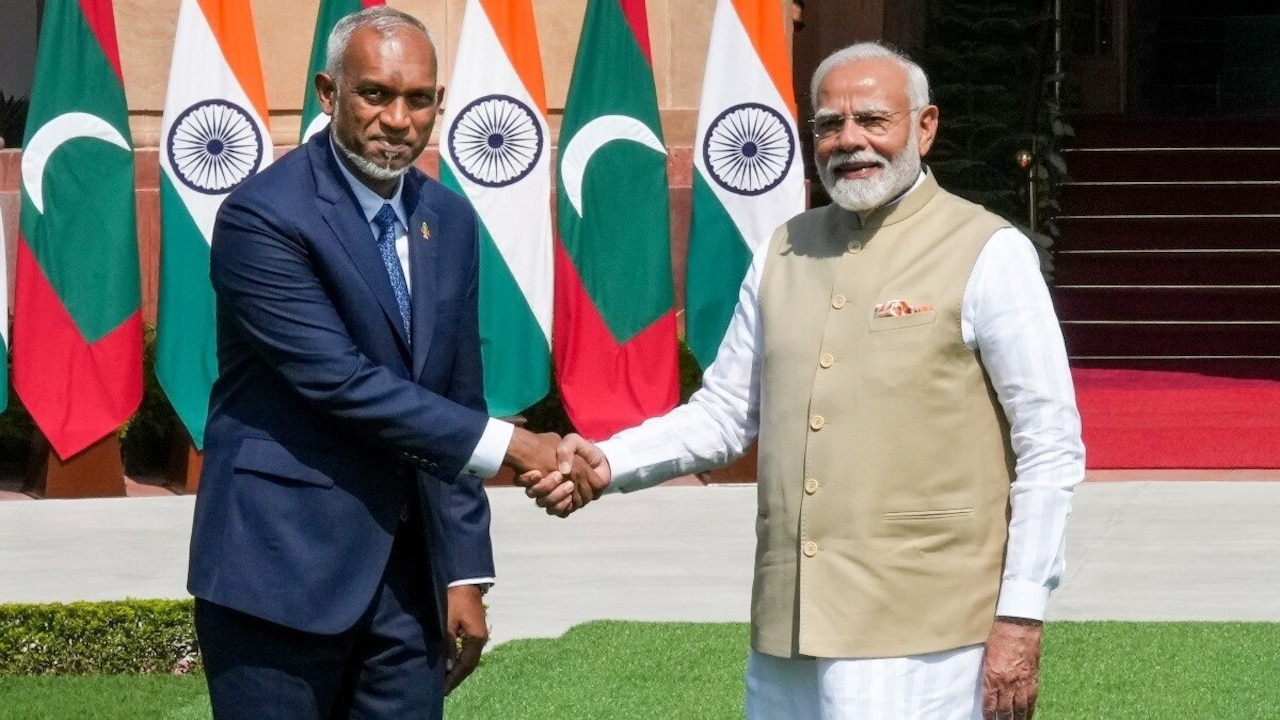
)




